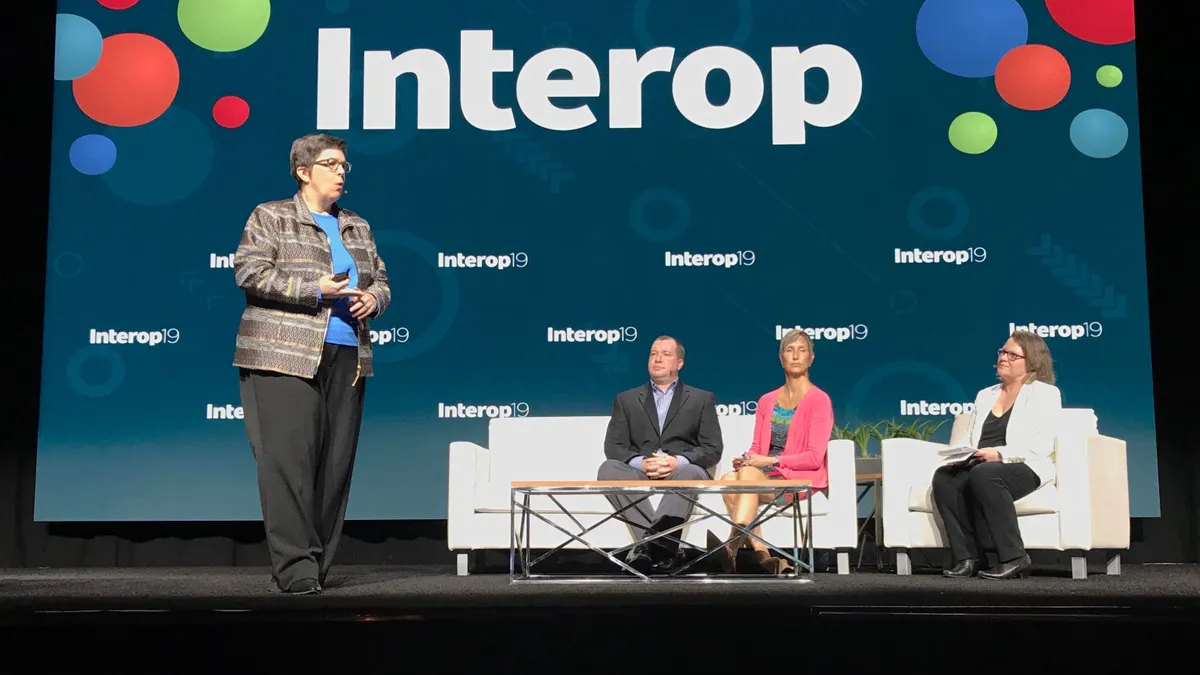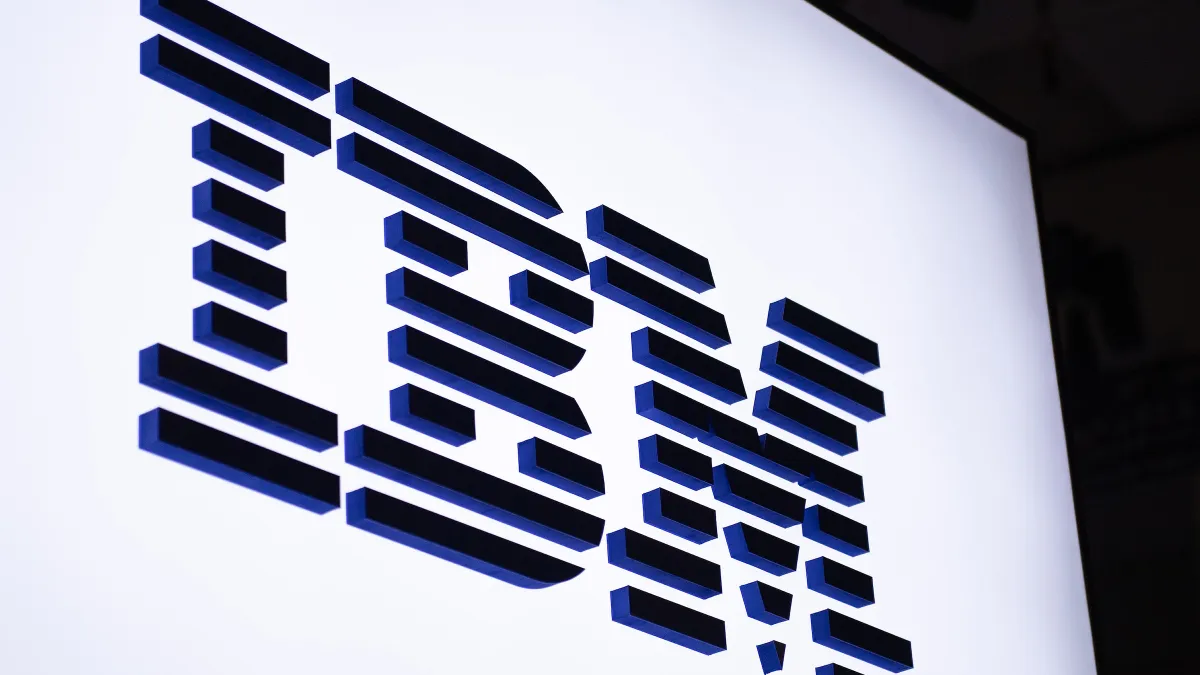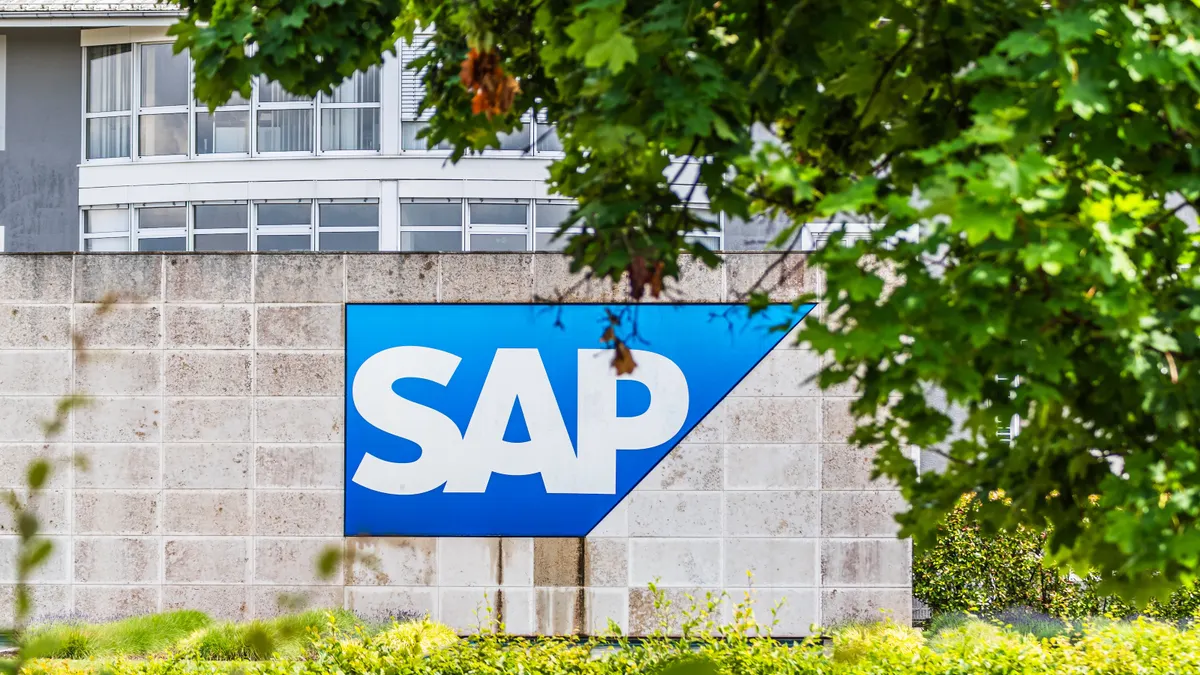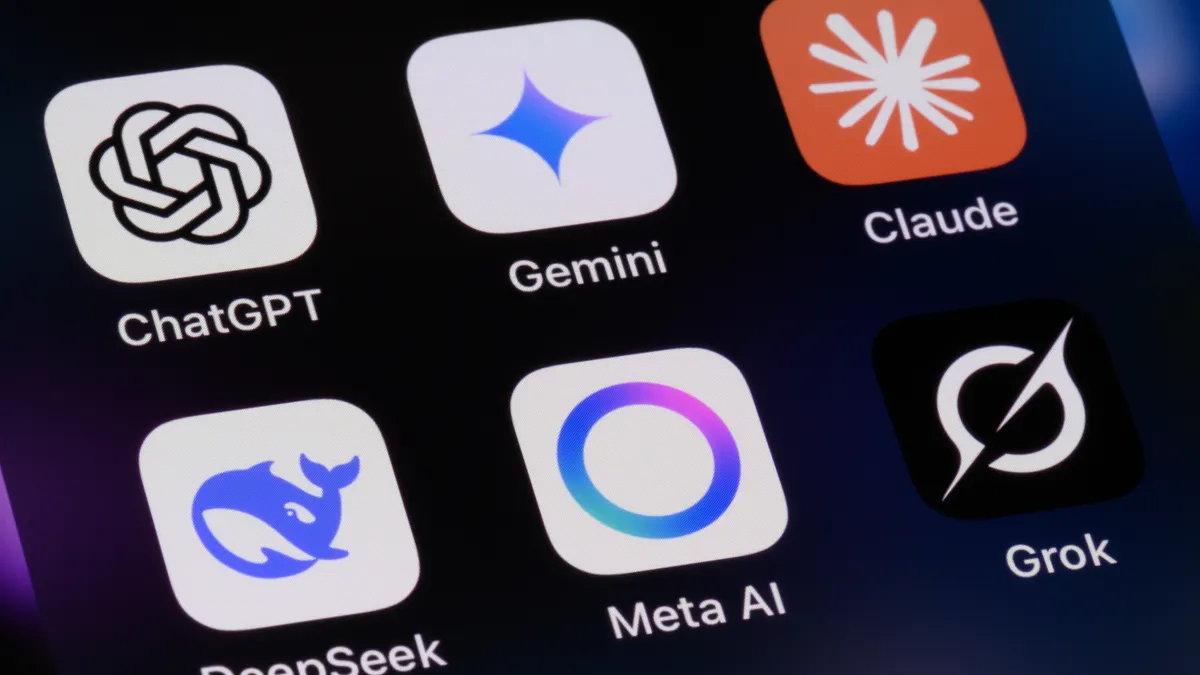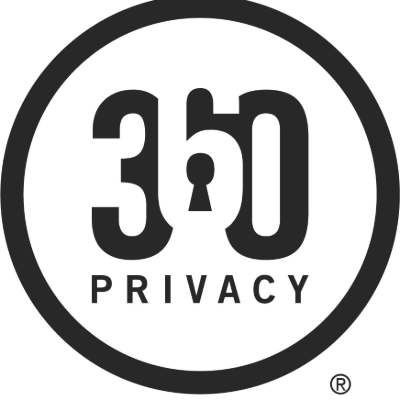LAS VEGAS — In a technology-hungry world, industry boasts of the virtues of data. Potential? Loads of it.
Every 10 minutes, two million devices connect to the internet and generate 27 million gigabytes of data, said Renée Lahti, CIO of Hitachi Vantara, speaking at the Interop IT conference in Las Vegas last month.
Devices have generated 90% of the world's data in the last three to four years.
Organizations are challenged to amass data and put it to work, delivering insights for business and creating revenue streams. Each organization builds out data portfolios in a different way, tackling resource constraints and efforts to court stakeholder investment.
At Interop, Lahti and two other CIOs outlined data strategies and obstacles their businesses overcame to employ the analytic-heavy technology.
Mapping Motor City
In the early 20th century, Detroit was at the height of manufacturing and innovation, built on the success of companies like Ford and General Motors.
But during the last 100 years, manufacturing moved abroad, the local economy struggled and Detroit went through bankruptcy proceedings starting in 2013.
The local government is working to revitalize Detroit, in part by tackling the physical environment.
As it works to demolish 40,000 abandoned structures, the footprint of the city changes almost daily, said Beth Niblock, Detroit CIO, speaking last month at Interop.
Detroit is a 142-square-mile city, which could fit San Francisco, Boston and Manhattan in its footprint, Niblock said. Keeping an accurate inventory of city assets — from stop signs to crosswalks to fire hydrants — is a challenge, especially with ongoing demolition.
Since 2014, the city has demolished 18,000 structures, and plans to complete the effort in the next three years. Detroit needed a more automatic way to map the city, without exhausting resources and employee hours.
As part of the mayor's innovation challenge, which encouraged cross-department collaboration, Niblock's team used a LIDAR surveying system attached to a van to take an accurate inventory of city assets, with an engineering accuracy up to 1 centimeter.
The effort, which won the innovation challenge, allowed the city to gather accurate data. Once machine learning was trained and applied it allowed users to find assets and determine their status, such as whether a structure required demolition.
LIDAR can perform an accurate review of Detroit without sending someone to inspect and inventory every asset.
Now driven twice a year ("leaf on and leaf off"), Niblock's team can share LIDAR data with multiple departments. The cross-business collaboration helped get the project funded because it pulled required resources from multiple departments and distributed operating costs.
Once stakeholders were bought into the technology investment, Niblock's department faced purely practical challenges, like making sure it had enough compute power to process the incoming LIDAR data, Niblock said.
And, of course, finding someone to drive the van with $300,000 worth of equipment.
Nothing but NET
If you analyzed all the data, play-by-play, from the last 10 years of NCAA Division I basketball, what would you find?
Data and play-by-play from the last 10 years of NCAA Division I basketball reveals enough information to change the way the game is played — and the way brackets are filled out come tournament time.
There is a higher chance for an upset during a full moon, said CIO Judd Williams, speaking at Interop. And if an underdog has a feline mascot, the team is more likely to win.
The non-profit organization is responsible for regulating athletics for more than 1,200 schools and conferences, 19,000 teams and half a million student athletes. Once analyzed, the NCAA can use the years of historical data the conferences generate to rethink sports, starting with basketball.
The NCAA migrated off a 20-year-old platform to embrace predictive analytics and machine learning through a new offering, the NCAA Evaluation Tool (NET). The basketball selection committee uses NET to compare basketball teams, pairing 360 teams down to 64 for March Madness.
While the technology teams understood the potential of a more powerful tool, Williams and others in IT faced obstacles on the business unit side. They had to communicate the potential of machine learning systems without "tech speak."
"If you're ever with a business unit [and] if words like deep learning neural network ever come out of your mouth, you need to stop," Williams said. "Even using the word 'machine learning,' you might want to check yourself. You really need to talk business. You need to talk results."
With proven results and successful predictions, the NCAA wants to use analytics to "change the rules of basketball," WIlliams said. For example, the committee is looking at moving the three-point line and can use data to analyze the potential impact.
'Hearts and minds'
As part of the 117-year-old, 800 company-strong conglomerate Hitachi, technology company Hitachi Vantara finds a challenge in employing data to solve business problems without burdening the business.
With the power of data, "it's data at your finger tips quickly. The challenge for all of us is actionable insights as fast as possible," said Lahti. "My peers in the C-suite have no patience for gobbledygook geek speak and they want to know value in their data quickly."
To make data actionable, Lahti and the tech team introduced an autonomous and astute helper — ANAH for short.
Infrastructure-less technology, ANAH was the result of a six-month skunkworks project to create the application, which supports 112 languages and gets smarter every hour. It answers mundane questions normally handled by the service desk, like "How do I connect to VPN?"
The text-based tool aggregates data from disparate systems — such as video and other chat bots — becoming the helpful "persona" for Hitachi Vantara, Lahti said.



